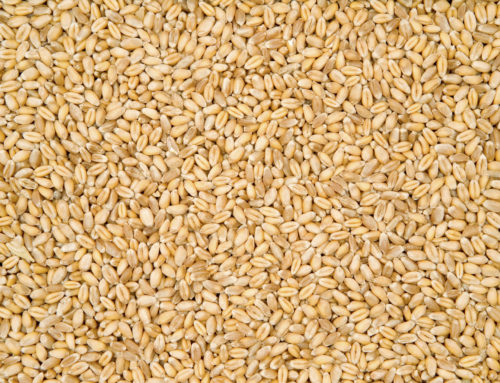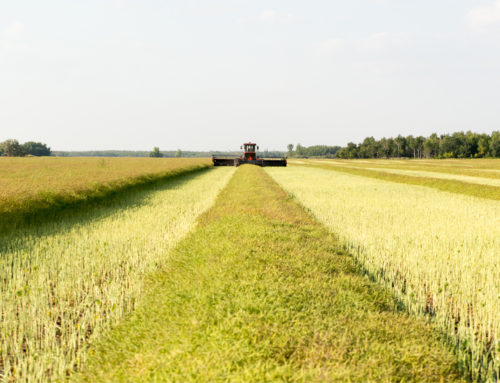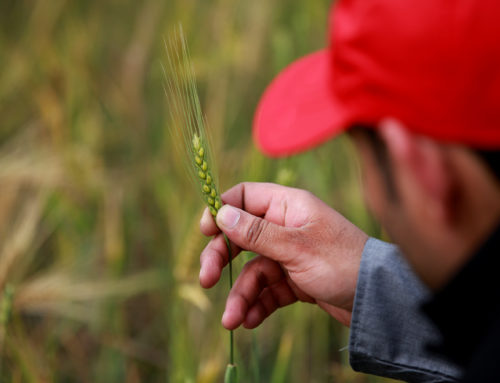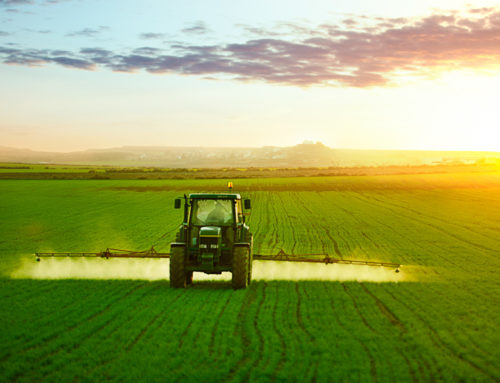Durum versus spring wheat – what should a grower put in his cropping plan for 2017? Is there a real choice? According to John Ippolito, regional crop specialist with Saskatchewan Agriculture, there can be. It depends where you farm. “Durum is really adapted to the brown soil zone and the dryer areas of the dark brown soil zone,” he explains. “Historically, we probably do see higher yields from durum compared to spring wheat but usually only in those areas where it is best adapted. This is part of the reason for durum not being grown outside of those areas as yields decrease as you get into moister environments.”
Durum is taller than spring wheat, so present it with wet seasons, like last year, and it will lodge. “Of course, there are differences between the susceptibility of durum varieties to lodge,” says Ippolito. “But as a class of wheat, durum is more susceptible to lodging than spring wheat if conditions are unfavourable.”
Along with this phenotypic disadvantage in soil zones outside of its area of adaptability, durum has other disadvantages that can make spring wheat the better choice. “Durum is less resistant to fusarium head blight (FHB) than spring wheat varieties,” says Ippolito. “Even the very best FHB resistance available in durum is MS or moderately susceptible.” FHB has been steadily moving its way west and, according to Ippolito, has all but pushed durum out of the eastern side of the province entirely.
“To be honest, even in the traditional durum areas, growers are concerned about the FHB susceptibility of durum,” says Ippolito. “Given the wet conditions they’ve had to contend with in recent years, two out of the last three for sure, durum has been hit with FHB and that hits the bottom line.”
Spring wheat has good, and continually improving, FHB resistance. The best varieties are MR or moderately resistant, and most of the others have some degree of resistance. “More research has gone into solving this problem for spring wheat compared to durum,” explains Ippolito. “It’s really a reflection of the acres these crops capture.”
Additionally, durum is traditionally grown in areas where FHB and other insects have not been an issue of the same economic magnitude as in spring wheat. Up until recently, anyway. And there is a big difference between the genetics of durum and spring wheat that makes introducing disease and insect resistance much easier in the latter.
However, there are improvements every year in durum – its not as if no research is being done, the bar is just moving faster for spring wheat. The durum breeding programs on the Prairies are very dynamic and prolific.
Solid stem durum varieties have been registered providing resistance to wheat stem sawfly. “Of course, with the wetter seasons we’ve had recently, wheat stem sawfly hasn’t been an issue. But no doubt it will be again.” Another new development in durum is wheat midge resistance; however, despite this, durum has a long way to go to catch up to the improvements that we see in spring wheat.
Once again, as growers plan for 2017, Ippolito advises that they use the best agronomics to develop a cropping plan versus looking at what is the next “big thing.”
“A balanced approach to the cropping plan every year has long-term benefits for sustainability, profitability, and peace of mind.”







Leave A Comment